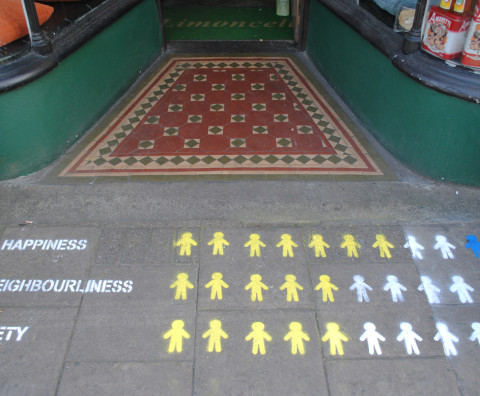
Last Friday, February 22nd, Mara Balestrini joined the workshop “How Scary are Smart Cities” organised by The Edge and hosted at Buro Happold in London.
The aim of the session was to develop a shared sense of what smart cities might mean across the whole spectrum of city experience, evaluate risks and opportunities as well as question the role of technology in smart city deployments and projects.
The organisers invited a broad group of specialists ranging from architects to technologists, social scientist, engineers and urban planners, to share ideas within three different tracks: 1. To what question is smart the answer; 2. Learning and governance; and 3. the interplay between physical and virtual systems.
An average of four 10 minute presentations shared main issues regarding each of the topics proposed in the tracks. Organised in round tables, guests had the opportunity to debate on the ideas presented by the speakers and posit new questions or conclusions.
Alan Patrick posted an excellent review on the debate, focusing on the take-away themes, about the art of the possible and the emerging boundaries that came out during the event.
Some of the key issues discussed had to do with the importance of adopting a citizen-centric approach so as to seize the excitement over the benefits of technology. How can we make sense of all the data being constantly sensed by fixed and mobile sensors? Who owns the data and with which purposes? How sustainable is smart?
Mara’s presentation focused on shifting from Mark Weiser’s paradigm of calm technologies to a new approach where technologies are active tools aimed at helping citizens to make better decisions. She proposed that a bottom up approach towards creating smart solutions to sustainability problems should take into consideration those citizen-driven initiatives which are currently taking place in the urban space.
Other speakers such as David Saxby and Jayne Hiditch also discussed the power of the crowds as a key issue in the current zeitgeist. In general, the debate was successful in addressing the multiplicity of perspectives and themes that interweave in the still premature umbrella of smart cities. An inspiring day to prove that we still have many more questions than accurate answers.
photo credit: asterix611 via photopin cc



